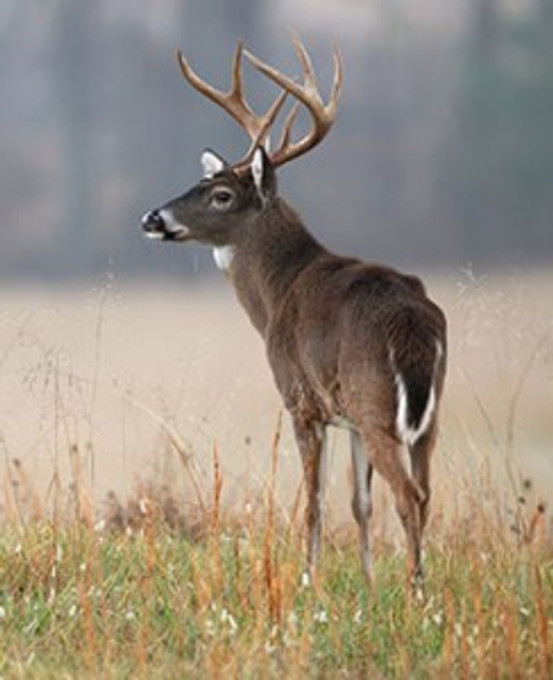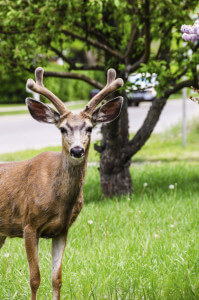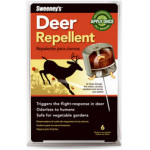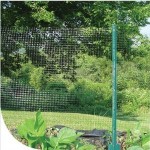
Deer Proofing Your Yard
Posted by Grange Co-op on 18th May 2012
If your home is at the edge of a forest or even a smaller wooded area, more than likely you’ll be visited by deer from time to time. Some deer can be very hungry and travel in groups. This can spell disaster for a number of the plants in your garden. The damage will likely be worst during the hottest and driest summer months when deer may eat just about anything to get some moisture from it. Deer proofing s very important in these areas.
 There are a number of tactics you can use to spare your plants from browsing deer. You may want to try several strategies to find what works best for you and your garden.
There are a number of tactics you can use to spare your plants from browsing deer. You may want to try several strategies to find what works best for you and your garden.
-
Repellent Sprays:
Homemade or store bought, spray-on deer repellent works by throwing the deer off the scent of the plants they prefer. It is also one of the cheapest alternatives for keeping deer out of your garden. Eggs, hot sauce, fish fertilizer and soap are a number of the scents that can be used to repel deer. Recipes for creating your own repellent are easy to find online. If you choose repellent, be sure to spray every three to four weeks and begin early in the season. Deer won’t be so easily fooled if they sample a plant before the repellent is applied.
-
Deer-resistant Plant Barriers:
With some careful planning, you can hide deer’s favorite plants in and among plants they don’t typically browse. Stash your begonias inside a wide ring of oriental poppies. Keep your petunias and tulips surrounded with rosemary or lavender. Some other very deer-resistant plants include butterfly bush, azalea, Christmas rose, foxglove, morning glories and Oregon grape.
-
Fencing:
A high fence is one of the surest ways to keep deer out of your garden, however the very worst feeling is watching deer leap easily over the expensive fence you've just installed. Don’t forget deer can clear up to seven feet quite easily. For proper deer proofing with a fence, you it will need to make it at least eight (preferably 10) feet high. Several factors to consider: A lower fence (four or five feet) may work if it effectively obstructs the deer’s view of its favorite plants; and two fences at least four feet high and spaced about four feet apart will also work as the deer cannot leap both at once and will instinctively avoid becoming trapped between two fences.
Keep in mind, the deer are probably browsing your garden because they are hungry and thirsty. One kindness you can grant them is providing a water source. Include a few tasty treats (such as alfalfa and clover) planted around it specifically for the deer. Locate your decoy “deer bar” as far from your garden as possible. Make sure the water is always fresh and full at that location. It’s doubtful your deer neighbors will be moving away any time. With a bit of careful planning, your garden doesn't have to turn into their dessert buffet.
As always, contact your local Grange Co-op for additional tips on deer proofing.


